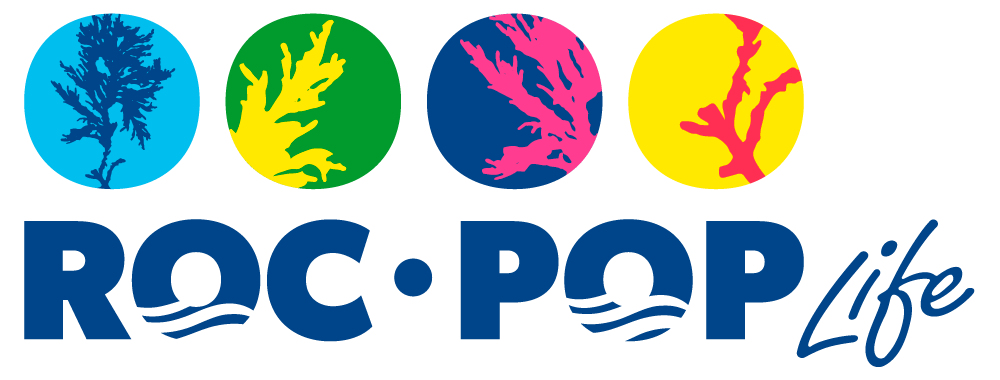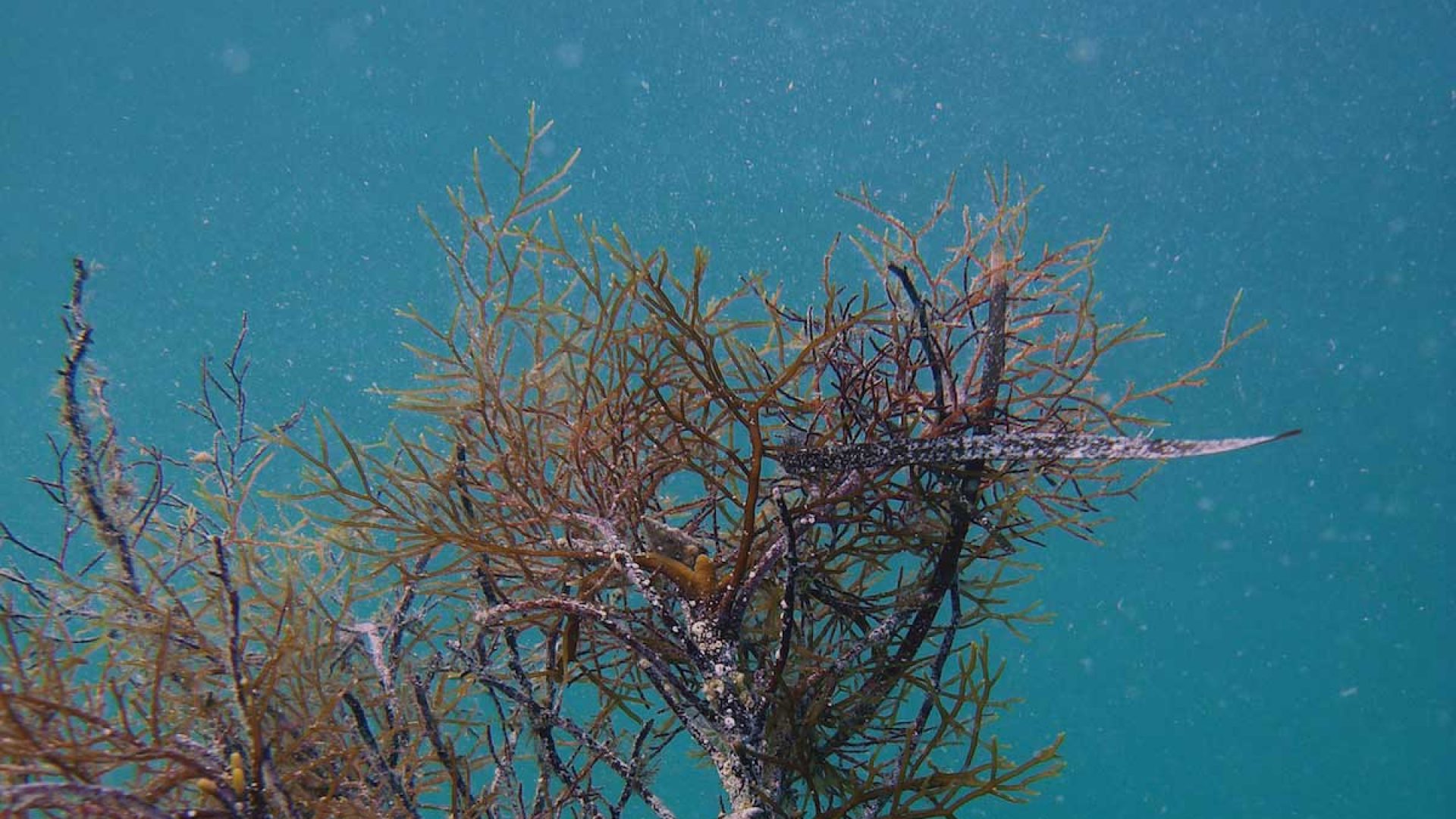Description
Only terminal portions of fertile apical branches of thalli in reproduction will be collected in the donor areas (Portofino and Strunjan MPAs). The samples with appropriate containers and refrigerants will be immediately transported to the formerly arranged incubation chambers for the controlled reproductions. The incubation chambers are located near the donor/target sites to reduce distress to the biological materials. In Liguria the incubation will be carried out at Camogli (Genoa, located at around 5 km from the donor site of Portofino) followed by UNIGE and in the Adriatic at Trieste (UNITS).
1) Methodology (for each single event, repeated twice a year, for 3 years)
The IUCN guidelines published in 2013 will be followed.
200 apical fertile branches of adult thalli for each target Cystoseira species will be randomly collected in both the donor sites populations (C. amantacea var. stricta at Portofino and C. crinita and C. barbata at Strunjan) and rapidly transferred to the incubation chambers located in the Trieste (UNITS) and Camogli (UNIGE) laboratories, with an expected 99% survival rate. Two apical sections of reproductive branches (2-3 cm long) with fertile receptacles will be collected for each adult thallus. This sample amount will not damage the Cystoseira donor populations, considering the high number of fertile branches of a single adult thallus of Cystoseira that, during the reproductive season is densely ramified and well developed. Considering its life cycle, Cystoseira is a perennial macroalga that belong to the Hemiphanerophyceae: only the basal part of the thallus persists throughout the year, because during the adverse season Cystoseira lose the fronds (that are renewed each year). So the cutting of a small portion of terminal branches is not detrimental at all for the health status of the alga. On the other hand, given the high number of spores produced by each receptacle, the number of collected samples will guarantee a high reproductive potential.
100 individuals from which to collect fertile portions (2 apical branches of about 2-3 cm for each thallus, for a total of 200 fertile pieces) most likely represent more than a sufficient number to prevent any risk of losing a significant amount of genetic diversity in the founder population, and to keep even the most rare alleles.
The samplings will take place in Portofino MPA for C. amantacea var. stricta and in Strunjan for C. barbata and C. crinita and will adopt assessed techniques. Action A2 will identify populations and candidate specimens from which to collect the fertile receptacles. Harvesting technique and procedures related to this action have been already tested during previous feasibility studies and will be further checked during the A1 Action.
The transport of biological material will be from Portofino MPA to the laboratory of Camogli (ca. 5km) and from Strunjan MPA to the laboratory of Trieste (ca. 25km). Transport risks are known and practical solutions are available relying on assessed techniques used for biological material. Samples will be transported wrapped with several seawater-wetted towels and stored in containers. Appropriate containers will be selected during the A1 Action. As the most critical parameters for the transport of macroalgae reproductive materials are temperature and light, the samples will be kept refrigerated and in the dark.
The fertile receptacles collected in the donor sites are destined to the incubation chambers for the fertilisation process. Donor site seawater characteristics (protocol derived from A1 Action, data derived from A2 Action) will be replicated in the mesocosms, to favour fertilisation and to avoid any damage to spores and zygotes. The already existing incubation chambers allow to control and set light quality and intensity, photoperiod and temperature, according to the donor site environmental characteristics.
This action will start after the protocol definition (A1) and the preliminary studies on the donor MPAs (A2).
Action details
Action:
C.1
Timing:
10 months
Status:
In progress (first cycle completed)

